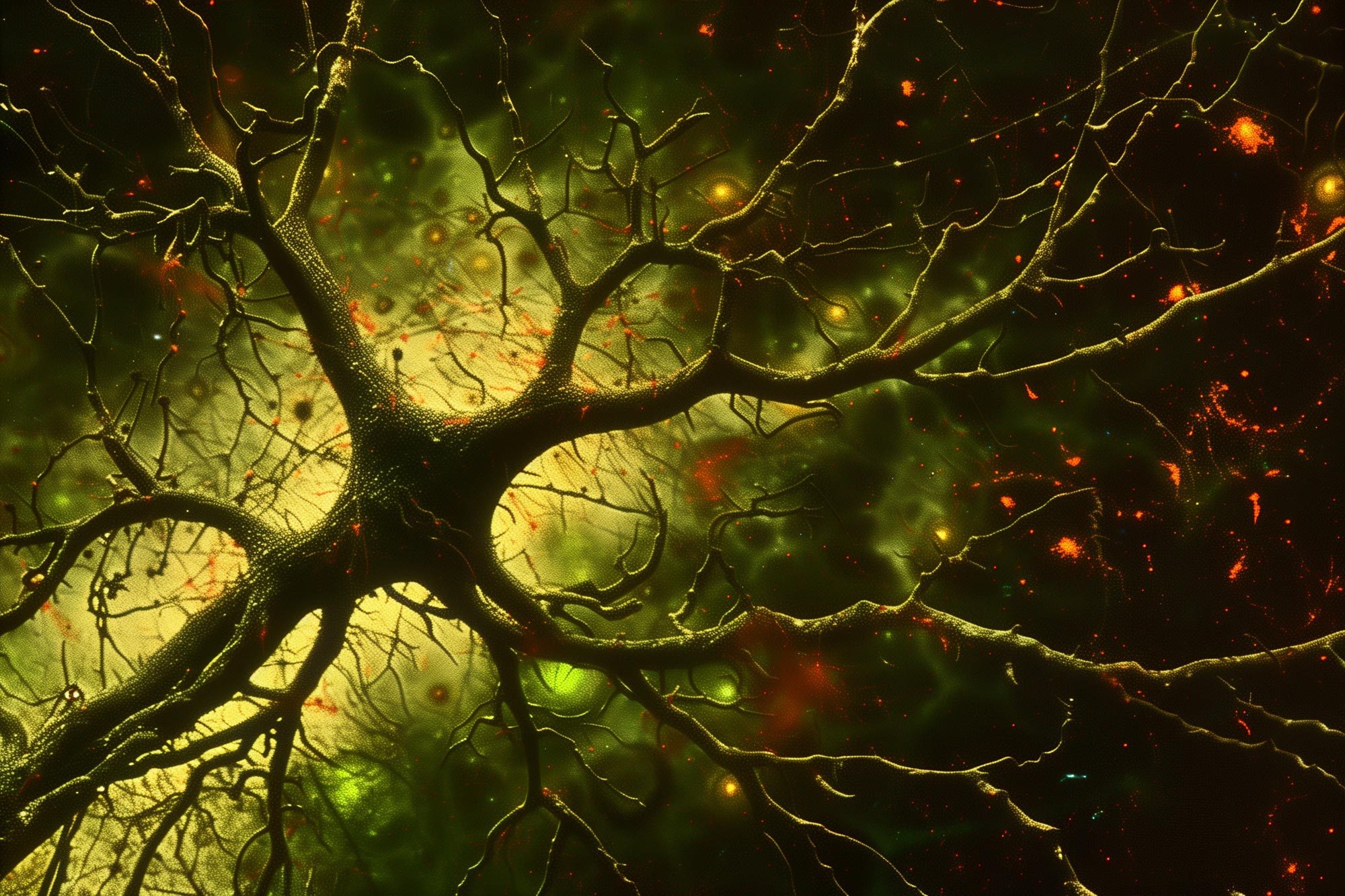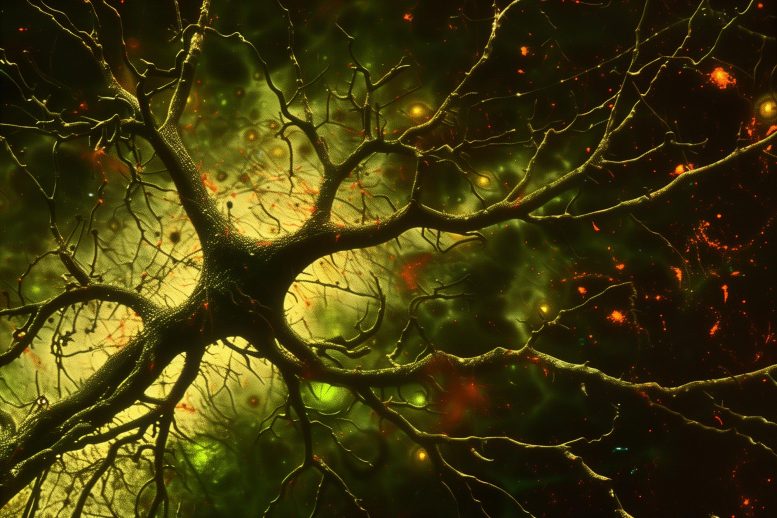

A groundbreaking study has identified a critical chemical change in the brain that triggers Huntington’s disease.
By manipulating this process, scientists have successfully prevented the onset of symptoms in animal models, paving the way for early interventions and therapies that could stop the disease from progressing.
Breakthrough in Huntington’s Disease Research
A new study published today (October 28) in Nature Metabolism has, for the first time, identified a specific biochemical change responsible for the onset of Huntington’s disease and shown that blocking this change can halt disease progression.
Huntington’s disease is a genetic disorder that progressively impairs brain function, leading to both mental and physical decline over time. Symptoms generally emerge after age 30 and worsen over 10 to 20 years, ultimately becoming fatal.
Early Changes in Huntington’s Disease Development
The study investigated a change first noted in the brains of Huntington’s patients in the early 1980s that may initiate the disease. Researchers found that dysfunction in a specific type of neuron, called indirect pathway spiny projection neurons (iSPNs)—which are among the first cells affected by Huntington’s disease—disrupts dopamine balance. This disruption occurs when the neurotrophin receptor TrkB fails to activate properly, leading to early disease symptoms, including involuntary, abnormal movements.
First, the researchers looked at mice that lacked normal function in these iSPNs due to disrupted TrkB neurotrophin signaling and noticed that they showed increased levels of dopamine in the brain, leading to hyperactivity. This change occurred before noticeable symptoms appeared, suggesting that these early alterations may contribute significantly to HD progression.
Protein Regulation and Disease Management
The researchers also found that a protein called GSTO2, an enzyme that is part of the glutathione metabolism, plays an important role in regulating dopamine levels. By selectively reducing the activity of this protein in mice, the researchers were able to prevent dopamine and energy metabolism dysfunction, arresting the onset of motor symptoms in mice.
Importantly, this enzyme shows similar dysregulation in a rat model of HD and some rare brains of asymptomatic HD patients, confirming its putative relevance to the development of the disorder.
New Pathways for Treatment and Diagnosis
The study’s lead author, Liliana Minichiello, Professor of Cellular and Molecular Neuroscience at Oxford’s Department of Pharmacology, said: “The big problem with Huntington’s disease is that by the time that symptoms develop much of the damage has already been done, and therefore, it is fundamental that we understand the changes that occur before the disorder develops if we are to develop effective therapeutics.”
“This research marks the first time that we have been able to identify a specific chemical change that is unique to the development of Huntington’s disease, which opens the possibility of developing new tests to study the early changes of the disease before irreversible damage occurs.
“Understanding these early changes provides crucial insights into how Huntington’s Disease develops, and this knowledge could help develop preventive therapies to maintain dopamine balance and delay or halt disease progression.”
Dr. Yaseen Malik (Department of Pharmacology, Oxford University), first author of the paper, said: “Despite our significant understanding of its pathophysiology, HD remains without a cure, which underscores the necessity of delivering diagnostic and therapeutic interventions prior to the onset of symptoms, and this study is a step in that direction.”
Reference: “Impaired striatal glutathione–ascorbate metabolism induces transient dopamine increase and motor dysfunction” 28 October 2024, Nature Metabolism.
DOI: 10.1038/s42255-024-01155-z